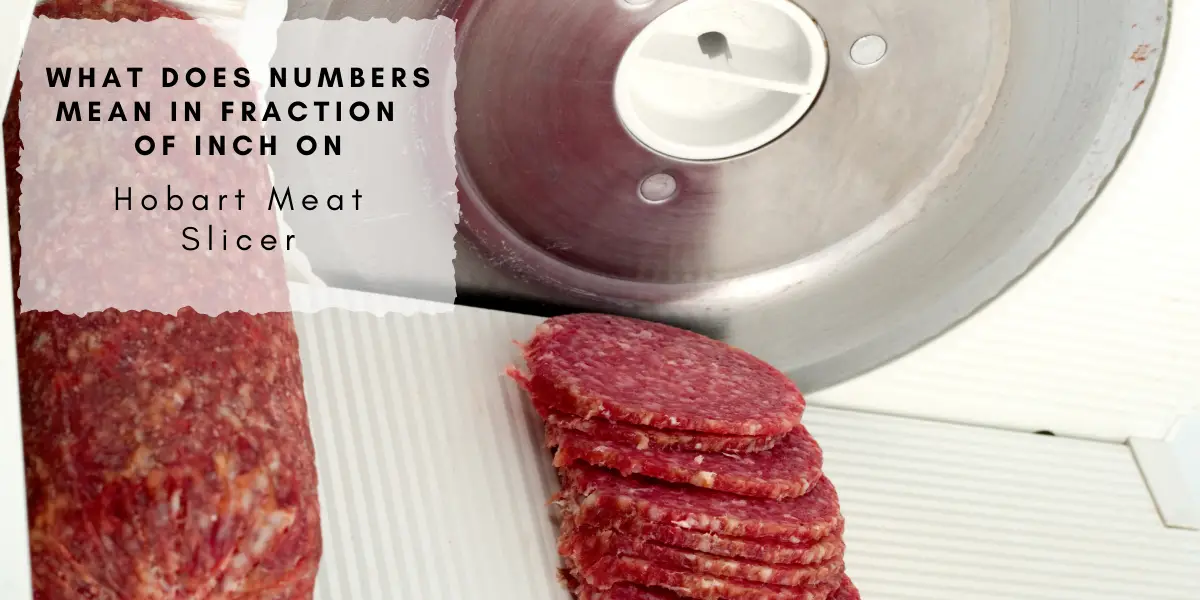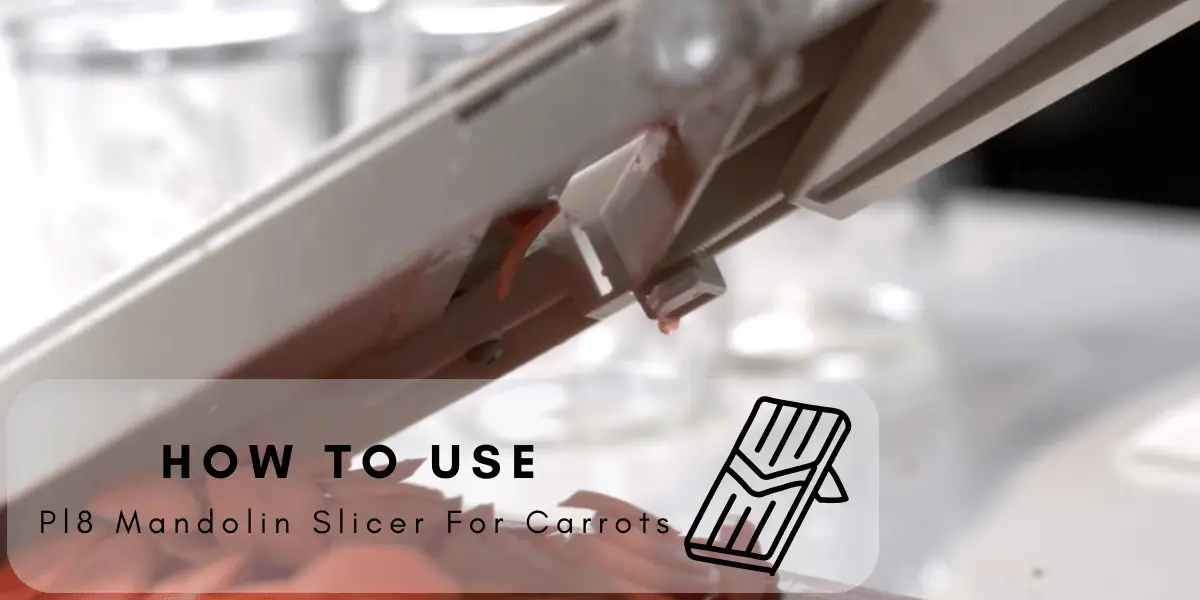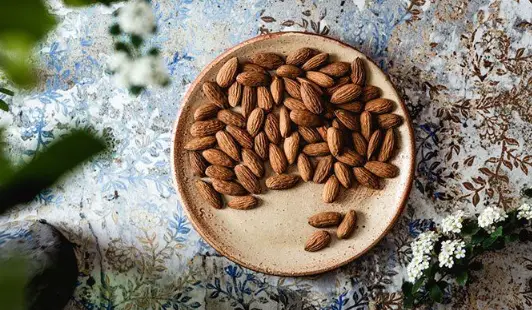
Almonds are a versatile and nutritious ingredient, often used in various culinary applications. With so many ways to prepare them, it can be confusing to understand the difference between slicing, slivering, and dicing almonds.
Difference Between Sliced, Slivered, And Diced Almonds
| Aspect | Sliced Almonds | Slivered Almonds | Diced Almonds |
|---|---|---|---|
| Shape | Thin, flat pieces | Thin, elongated strips | Small, uniform cubes |
| Texture | Flat, crunchy bite | Delicate, elongated crunch | Small, dense crunch |
| Mouthfeel | Satisfying crunch | Lighter, more delicate crunch | Subtle, satisfying crunch |
| Aesthetics | Uniform, attractive appearance | Elegant, elongated look | Subtle, blends seamlessly |
| Preparation Method | Cut crosswise with a sharp knife | Cut lengthwise with a sharp knife | Cut both lengthwise and crosswise |
| Culinary Uses | Salads, soups, baked goods | Asian dishes, oatmeal, desserts | Granola bars, trail mix, topping |
| Best for Garnishing | Salads, grain bowls | Stir-fries, rice bowls | Roasted vegetables, pasta |
| Presentation Impact | Adds visual appeal | Enhances dish elegance | Blends well with other ingredients |
| Storage | Airtight container, cool and dry | Airtight container, cool and dry | Airtight container, cool and dry |
| Substitution in Recipe | Possible, may alter texture | Possible, may alter texture | Possible, may alter texture |
Understanding Almonds
Health Benefits
Almonds are a powerhouse of nutrients, offering various health benefits. They’re an excellent source of healthy fats, fiber, protein, vitamins, and minerals. Some potential benefits of consuming almonds include reduced risk of heart disease, improved brain function, and better blood sugar control.
Culinary Uses
Almonds are a popular addition to many dishes thanks to their rich flavor and satisfying crunch. They can be used in sweet and savory recipes, such as salads, pastries, and granola, or as a topping for yogurt and oatmeal.
Slicing Almonds
How To Slice Almonds?
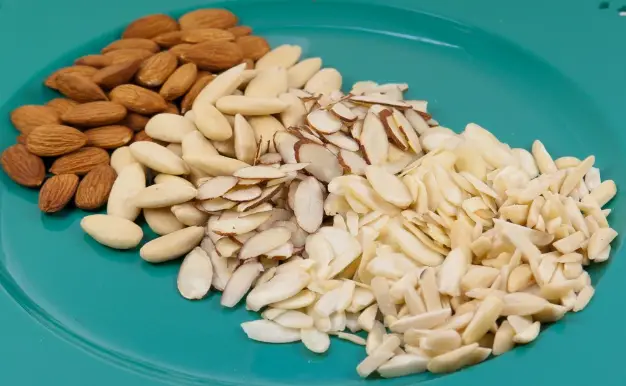
Slicing almonds involves cutting them into thin, flat pieces, typically with a sharp knife or a specialized almond slicer. To achieve consistent results, place the almond on its side and hold it firmly with your fingers, then carefully cut through the nut smoothly.
Best Uses For Sliced Almonds
Sliced almonds are ideal for adding crunch and visual appeal to various dishes. They work well as a garnish for salads, soups, and grain bowls. They can be incorporated into baked goods like cookies, cakes, and bread for added texture.
Slivering Almonds
How To Sliver Almonds?
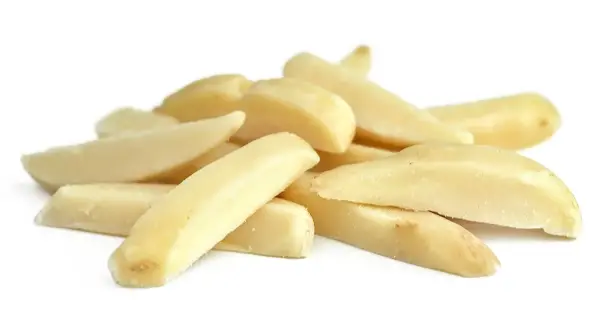
Slivering almonds involves cutting them lengthwise into thin, uniform strips. Start by holding the almond with the pointed end facing you, then carefully slice it lengthwise with a sharp knife, creating slivers of equal thickness.
Best Uses For Slivered Almonds
Slivered almonds are popular in Asian dishes, such as stir-fries and rice bowls. They also make an excellent oatmeal, yogurt, and ice cream topping. In addition, slivered almonds can be used as a decorative element for desserts like cakes, tarts, and pastries.
Dicing Almonds
How To Dice Almonds?
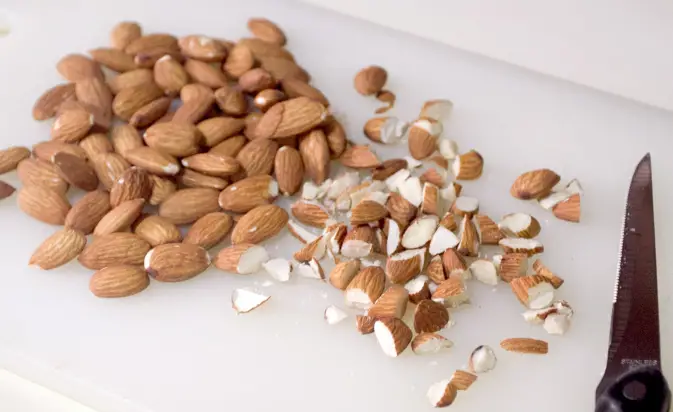
Dicing almonds involves cutting them into small, uniform cubes. To dice almonds, first slice them lengthwise, then turn the slices and cut them crosswise into even pieces. Use a sharp knife and a steady hand for the best results.
Best Uses For Diced Almonds
Diced almonds are perfect for adding a crunchy texture to dishes that require smaller almond pieces. They work well in recipes like granola bars, trail mix, and energy balls. Diced almonds can be used as a topping for savory dishes like roasted vegetables, pasta, or risotto.
Comparing Slicing, Slivering, And Dicing
Texture And Mouthfeel
Each almond-cutting technique results in a different texture and mouthfeel. Sliced almonds provide a flat, crunchy bite, while slivered almonds create a more delicate, elongated crunch. Diced almonds offer a small, dense, and satisfying crunch that works well in dishes where a subtle almond presence is desired.
Aesthetics And Presentation
The choice between slicing, slivering, and dicing almonds often comes from aesthetics and presentation. Sliced almonds have a uniform, flat appearance, making them attractive garnishes for various dishes. Slivered almonds create an elegant, elongated look that works well in sweet and savory recipes. Diced almonds are more subtle, blending seamlessly into dishes while providing a satisfying crunch.
FAQs
Can I use a food processor to slice, sliver, or dice almonds?
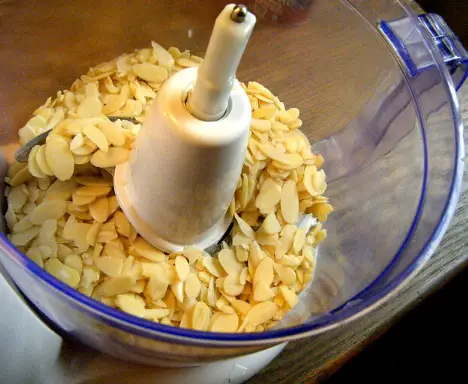
Yes, a food processor can be used for slicing, slivering, or dicing almonds, but it may not provide the same precision as hand-cutting with a sharp knife.
Are special tools needed for slicing, slivering, or dicing almonds?
While a sharp knife is sufficient for these techniques, specialized almond slicers and mandolines can also be used for more consistent results.
Do I need to remove the almond skins before slicing, slivering, or dicing?
It’s a personal preference, but removing the skins can provide a smoother texture and lighter color to the almonds. You can blanch the almonds in boiling water for a minute and then rinse them in cold water to easily remove the skins.
How should I store sliced, slivered, or diced almonds?
Store them in an airtight container in a cool, dry place, or refrigerate them for extended freshness.
Can I substitute one type of almond cut for another in a recipe?
While you can substitute one type of almond cut for another, it may alter the dish’s texture, mouthfeel, and presentation. Choose the best option based on your personal preference and desired outcome.
Conclusion
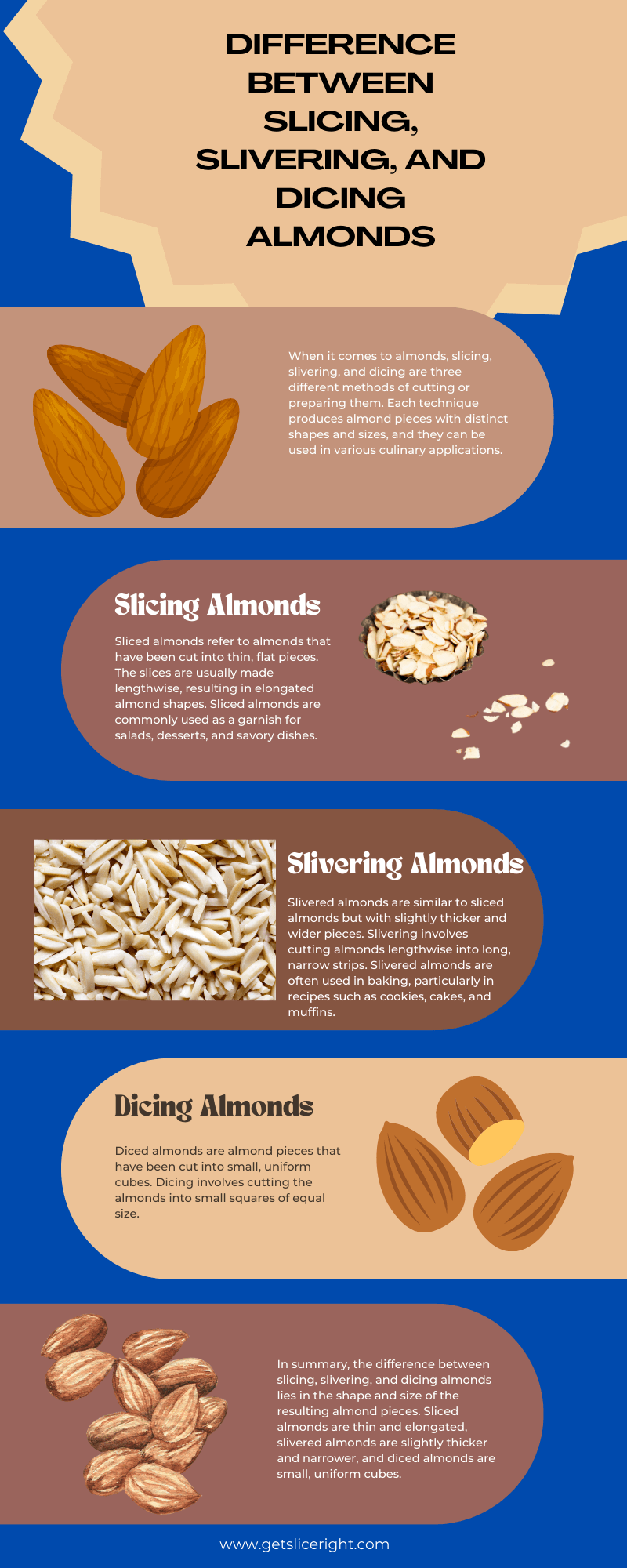
Understanding the difference between slicing, slivering, and dicing almonds is crucial for selecting the best preparation method for your culinary needs. Each technique offers unique benefits in terms of texture, mouthfeel, and presentation, making it essential to choose the right one for your dish. Experiment with these different almond preparations to enhance the flavor and appearance of your favorite recipes.

Mario Batali is a renowned author, food enthusiast, and passionate chef who has dedicated his life to exploring the world of culinary arts. With a love for sharing his knowledge and experiences, Mario has become a prominent figure in the food blogging community, inspiring countless readers with his creativity and expertise.
In addition to his culinary prowess, Mario Batali is also a talented writer with a flair for engaging storytelling. He launched his own food blog to share his recipes, cooking tips, and personal experiences in the kitchen. Over time, Mario’s blog gained a loyal following of food enthusiasts who appreciate his unique approach to cooking and his dedication to using only the finest ingredients.
Mario Batali’s passion for food and his commitment to sharing his knowledge with others have made him a true inspiration in the world of culinary arts. Through his blog, cookbooks, and public appearances, Mario continues to spread his love of food and the joy of cooking with his ever-growing fanbase.




